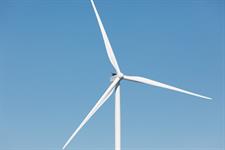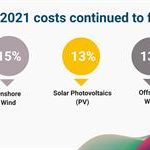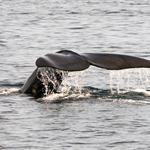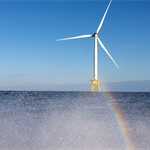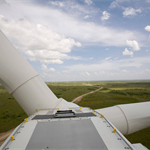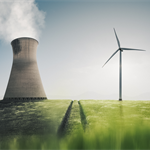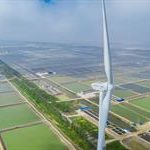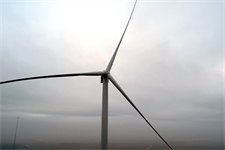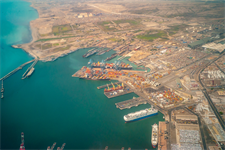Cost of wind energy will likely continue to fall, study finds
Energy Disrupter
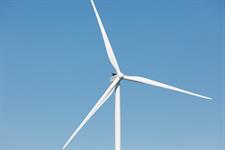
The cost of wind energy is expected to continue to fall thanks to technology and commercial advances, a global survey of 140 experts led by Lawrence Berkeley National Laboratory (Berkeley Lab) has found.
The experts were asked for their views on costs in onshore wind, fixed-bottom offshore wind and floating offshore.
They anticipate cost reductions ranging between 17% and 35% by 2035, and between 37% and 49% by 2050 against 2019 baseline values. There are greater reductions and more uncertainty in the cost of energy for offshore wind.
According to the study published in the Nature Energy journal, bigger and more efficient turbines, together with lower capital and operating costs, will drive the cost reductions.
Turbine size is at the heart of these improvements, the experts say, with power ratings, rotor diameters and hub heights all playing a part. By 2035, they expect average onshore turbines to be 5.5MW, and offshore wind turbines 17MW.
The experts’ cost estimates are half of what they predicted in a similar Berkeley Lab study in 2015.
“Wind has experienced accelerated cost reductions in recent years, both onshore and offshore, making previous cost forecasts obsolete,” said Ryan Wiser, senior scientist at Berkeley Lab. He added that the survey sheds light on what drives cost reductions and the uncertainty of estimates.
Although wind power is now a mature technology, the experts say there is room for continued improvement, which could push their cost reduction estimates to 53% by 2035 and 64% by 2050. Under the high-cost scenario, however, costs may decline at a more modest rate, or even increase.
The study finds that cost reductions in wind energy have accelerated in recent years. “All else being equal, these trends will enable wind to play a larger role in global energy supply than previously thought while facilitating energy-sector decarbonisation,” said co-author Joachim Seel.
Floating offshore wind is anticipated to gain market share, growing from its current pre-commercial state and accounting for up to 25% of new offshore wind projects by 2035.

